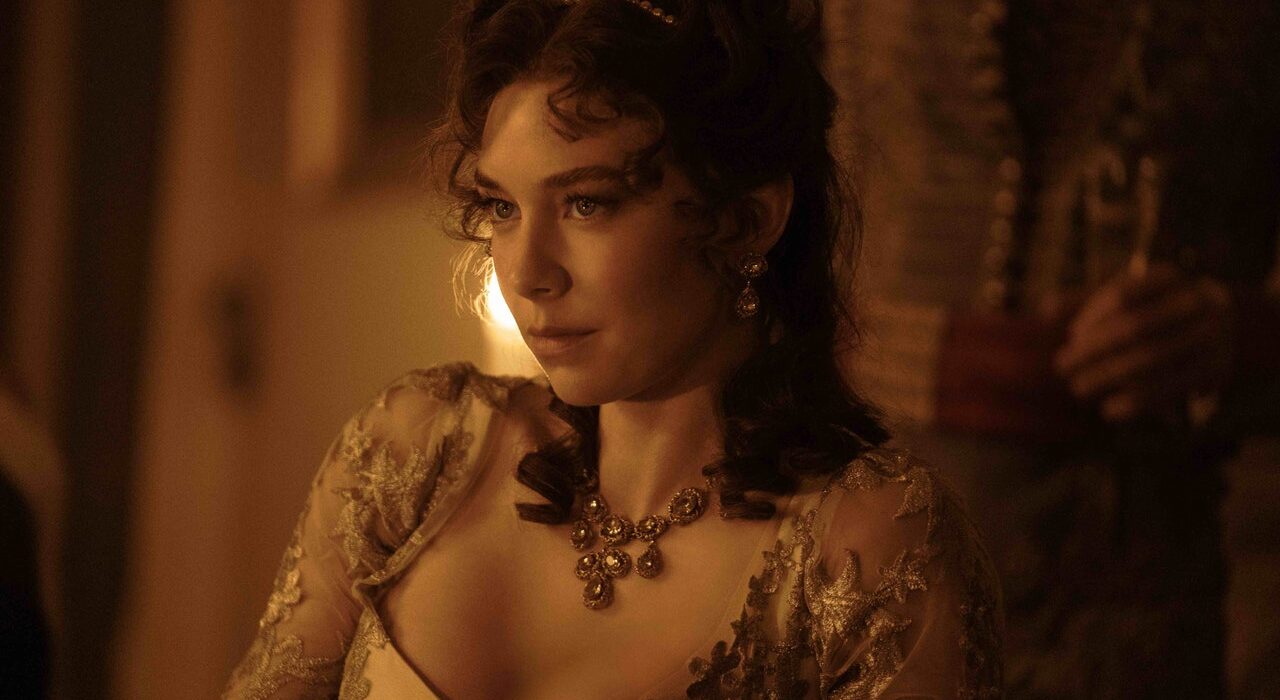Napoleon fell under Joséphine’s spell. He wrote her rapturous letters about her body and its pleasures. By the time they married, she had positioned him as commander of an army. He knew, however, that his marriage altered his destiny. Both the groom and the bride changed their names when they wed. He had been Napoleone Buonaparte and became Napoléon Bonaparte. She had been Rose de Beauharnais and became Joséphine Bonaparte.
Joséphine started to spend in earnest. When she joined her new husband after he triumphed in Italy, she collected cameos. After attaching her new cameos to the center of her revolutionary headbands, she began to commission what we call the tiara. Back in Paris, her passionate affairs continued, less openly, but much gossiped about. Napoleon, away on campaign, sent her a gift of strange, astonishingly light but warm shawls. She sensed their potential and made them all the rage. A Kashmiri shawl (re-named Cashmere) became the ultimate European luxury item.
Soon, Joséphine boasted one of the great wardrobes of all time. She owned hundreds of diaphanous dresses, shawls, shoes, stockings, and skin-tight gloves, along with a cupboard full of precious gems. She wafted Bengali muslin as fine as mist around her head and shoulders, setting a trend that lasted for decades. As Napoleon rose to absolute political authority during the 1790s, the eyes of the world turned to her example. At his side, she became the ruler of European fashion.
Joséphine had a genius for combining things that no one had imagined could be worn together. Muslin and cashmere were much less obvious than billowing lace or tiered ruffles. The smooth, long lines of her silhouettes leveraged her willowy figure, small breasts, and tapered limbs. Subtle punctuation was her trademark: a drop-pearl earring, a diamond arrow on the deep blue enamel of a Breguet watch.
Then the power balance shifted in Napoleon’s favor. His military prowess had translated into popular acclaim, and he became the single Consul for Life. He demanded Joséphine relinquish her lovers. He insisted she separate from her friend Terezia. When Napoleon resolved to crown himself Emperor of France in 1804, he did crown Joséphine Empress, but on the condition that she tame her style. Napoleon chose the designer for her coronation outfits. Splendid thick gold embroidery stiffened a white satin gown and an enormous red silk velvet train. Her neck was surrounded by a veritable platter of lace.

